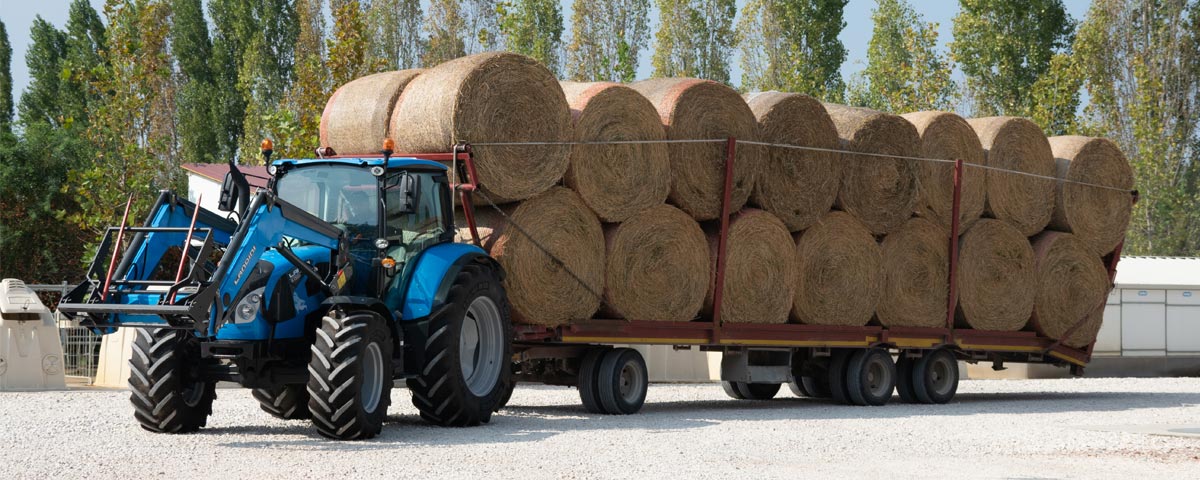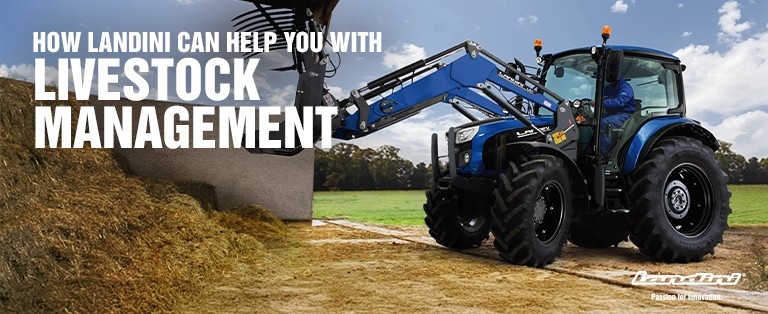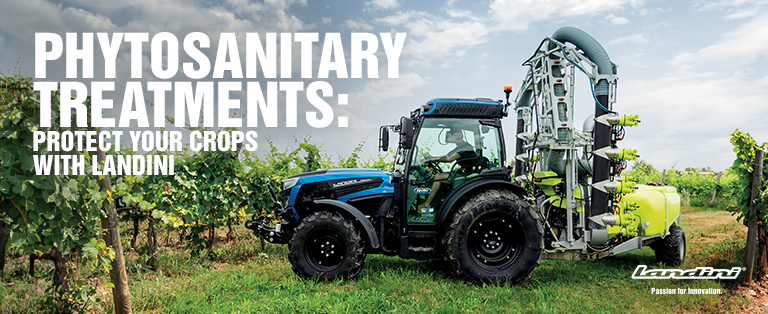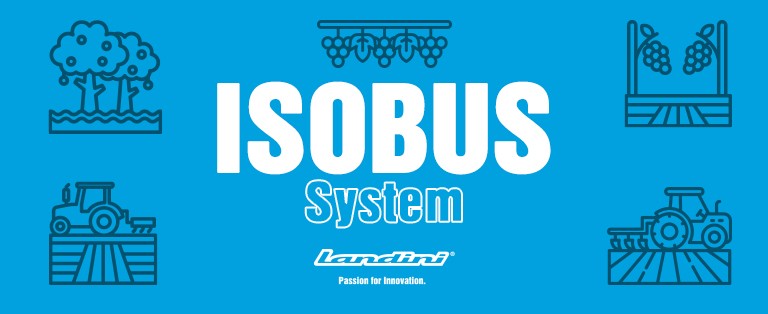What changes does the Mother Regulation entail?

There has been much talk about the Mother Regulation, the European regulation for the type-approval of tractors, trailers and towed equipment. This measure aims at simplifying and homogenising the type-approval procedures for agricultural and forestry tractors at European level in order to ensure safety at work and environmental protection.
The EU Regulation 167 of 2013, commonly referred to as Mother Regulation, introduces some important new features, especially with regard to the manufacturers of agricultural machinery, but its consequences clearly involve even end users.
In particular, the Regulation covers the following aspects of agricultural and forestry tractors:
- sizes
- maximum speeds
- vehicle braking systems
- trailer braking systems
- maximum fully laden mass
- towable weight
- steering system
- tow hooks
- engines
The Regulation is accompanied by specific technical legal acts (the Delegated Acts), which complete the legislation by specifying the details of the requirements to be met.
This topic has been addressed by many (we point out among others an article by Federunacoma and an article by Unacma), and continues to remain current. Let us try to clarify a few points.
When did the Mother Regulation come into force?
As from 2018, the Mother Regulation’s application has become compulsory for new agricultural tractors. Towed vehicles, instead, shall still be type-approved according to individual country regulations until 2020+ end-of-series / prebuilt, with their validity being limited to the country itself. If, on the other hand, type-approval according to the European Regulation is chosen, it will be valid in all EU countries.
The Regulation became law in 2014, with the publication in the European Official Journal, but it actually came into force on the 1st of January 2016 for the type-approval of new vehicles on the manufacturers’ side. However, a transition period of 2 years has been foreseen to allow manufacturers to adapt to the new regulations with the offer of products designed before the 1st of January 2016.
All tractors placed on the market as from the 1st of January 2018 must therefore comply with the Regulation, with the exception of the derogation for a limited number of machines called “end-of-series”, which can be type-approved according to the old Directive (2003/37/EC).
To which categories does the Mother Regulation apply?
The Mother Regulation specifically concerns:
- Wheeled tractors (T), which are divided based on the maximum speed they can reach into a) tractors with a maximum design speed below or equal to 40 km/h and b) tractors with a maximum design speed above 40 km/h
- Track-laying tractors (C)
- Trailers (R), also divided into a) and b) depending on whether they can exceed 40 km/h or not
- Interchangeable towed equipment (S), divided in turn into a) and b) categories according to their allowed maximum design speed
Some of the main innovations of the Mother Regulation
- Speed
The European regulation introduces new speed limits, being sometimes higher than those provided for in the laws of individual states.
Let us be clear on this point: if the regulation is valid for all EU member states, its application must take local legislation into account. In fact, if the Mother Regulation provides for the type-approval of tractors with a maximum design speed greater than 40 km/h, the speed limit at which you can circulate is in any case regulated at national level and under the full responsibility of the driver like for any other road vehicles suitable for transporting people.
- Sizes and weights
The Mother Regulation is also clear in terms of sizes: for all vehicles the maximum length is set at 12 metres, the height at 4 metres and the width at 3 metres.
The maximum weight (including ballasts and towed/carried equipment) is: for wheeled tractors (T) 18 tonnes, while for track-laying tractors (C) 32 tonnes. The maximum weight for trailers (R) is set at 10 or 11.5 tonnes, depending on whether they are equipped with non-motor driven or motor driven axle.
The Mother Regulation introduces further distinctions regarding the maximum laden mass, depending on the axles of trailers and equipment, up to a maximum of 400 quintals for 4-axle vehicles.
- Braking devices
Some important innovations concern the braking devices of trailers and equipment: the Mother Regulation establishes in detail all the cases in which it is necessary to use inertia, mechanical, hydraulic or pneumatic brakes, depending on the weight.
- Coupling devices
To ensure the correct coupling of tractor and trailer, the Mother Regulation provides for the type-approval of the different hooks that can be installed on tractors (fixed pin, pivot pin, hook, piton, ball and drawbar) and their respective eyes for trailers and towed equipment: swivel, fixed, toric and ball types.
- Engines
As far as tractor engines are concerned, it is established that they will have to comply with Stage V, so as to reduce emissions. Stage V is in force since the 1st of January 2019 and covers all tractors except those with engines having a power between 56 kW and 130 kW, which will have time to comply until the 1st of January 2020.
Landini tractors are always in step with the times. We adopt the latest solutions to give you efficient and high-performance tractors in line with the latest requirements.



